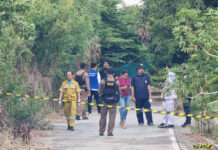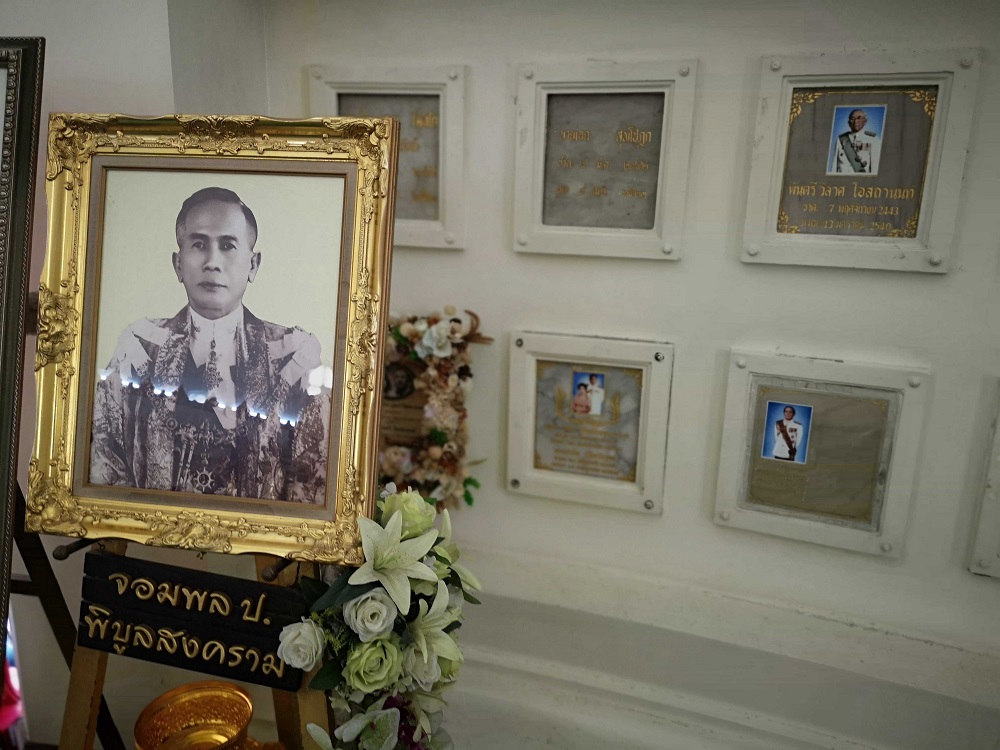BANGKOK — The history associated with the 1932 revolution, which ended absolute monarchy in Thailand, might be disappearing one monument at a time, but the final resting place of the revolt leaders remains untouched to this day.
Located in northern Bangkok is Wat Phra Sri Mahathat, where ashes of the revolutionaries are interred inside a pagoda. Built in 1942, the temple was to be named Democracy Temple, but the tide of time has since washed away the significance of the revolution. Many modern Thais are now unaware of the temple’s history, let alone its symbolism.
The revolt leaders, also known as the Promoters, interred at this Buddhist mausoleum were members of a group called the People’s Party. The clique consisted of both civilians and military officers – many educated in Western countries – who sought to introduce a constitutional monarchy to Thailand, then known as Siam.
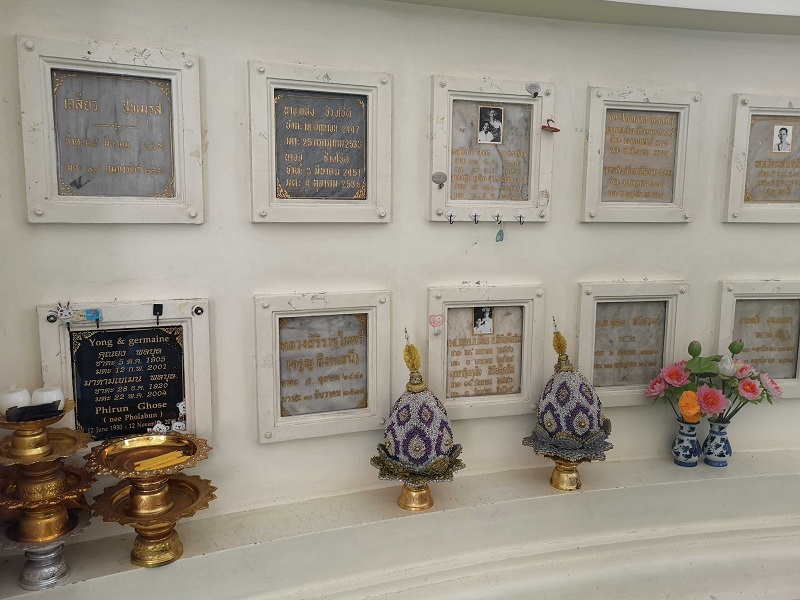
You can find them at the stupa’s rotunda at the heart of the temple, side by side with one another, despite a bitter infighting that broke out in the years following the revolution.
One might expect them to be treated as equals, but they are not. Plaques marking the resting places of Field Marshal Plaek Pibulsongkram, Thailand’s multi-term Prime Minister, and his wife Thanpuying Laiad, occupied a space twice the size of the rest.
Strangely enough, Pibulsongkram’s plaque was also larger than that of the person considered as the most crucial brainchild of the revolt on June 24, 1932: Pridi Banomyong. Pridi, who died in exile in France, was interred alongside his wife Thanpuying Poonsuk.
The 112 slots of square panels containing the Promoters’ ashes were initially planned to be the Thai equivalent of the Pantheon in France, where the nation’s great men were to be entombed.
Somehow it ended up as the mausoleum of just Promoters plus a few deceased relatives of the group members, and that was it. Eighteen panels also remain empty, a monument to the unrealized dream of Thailand’s Pantheon.
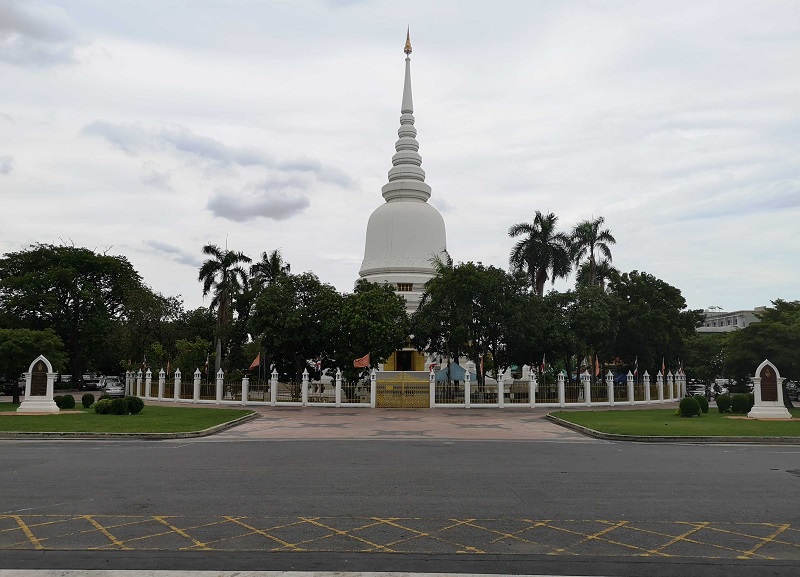
Even the temple’s name reflected the Promoters’ failed bid to immortalize their legacy. It was supposed to be called Wat Pracha Thippatai, or Democracy Temple, to celebrate the founding of parliamentary democracy in Thailand.
But then an envoy sent by the government IX to British India managed to secure what was said to be a relic of Lord Buddha’s ashes, and branches of Bodhi trees considered to be holy by many Buddhists.
Those sacred objects were placed at the temple, which was then renamed Wat Phra Sri Mahathat, or the Temple of the Great Relics a year after its founding instead. The Bodhi tree now grows large on a man-made islet inside the temple.
But other references to the 1932 revolt can still be found around the temple, like the figure at the gable of the chapel. Instead of the usual Hindu Gods similar to other temples, it features charioteer of the Sun. It is a symbol of a new dawn, a new beginning for Thai society.
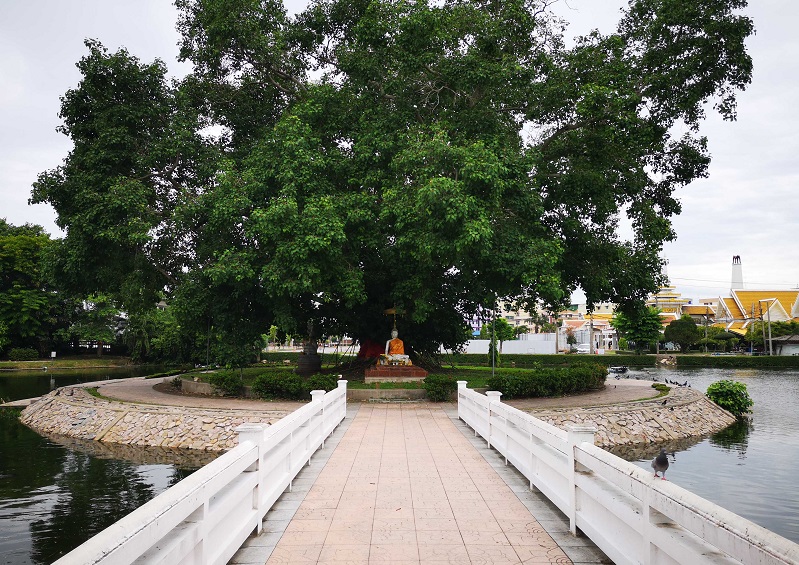
The architecture also follows the type promoted by the revolutionaries in a bid to push Thailand toward the modern era: neo-Thai style with simplified structures.
The temple doesn’t see many visitors except for the special occasions when relatives and descendants of the People’s Party come to make merit in their memories. It also serves as a place for funerals, mediation, and prayers.
It’s definitely not a tourist attraction. Besides the ashes of the Promoters kept behind the marble panels, there is no sign explaining their stories, and no tour guide talking about the temple’s history.
But those interested in the rocky history of Thai democracy would certainly want to pay a visit to this temple. Spiritual connection with the deceased revolutionaries can be felt here without the need for any guide or explanatory signs.
Additional writing Teeranai Charuvastra
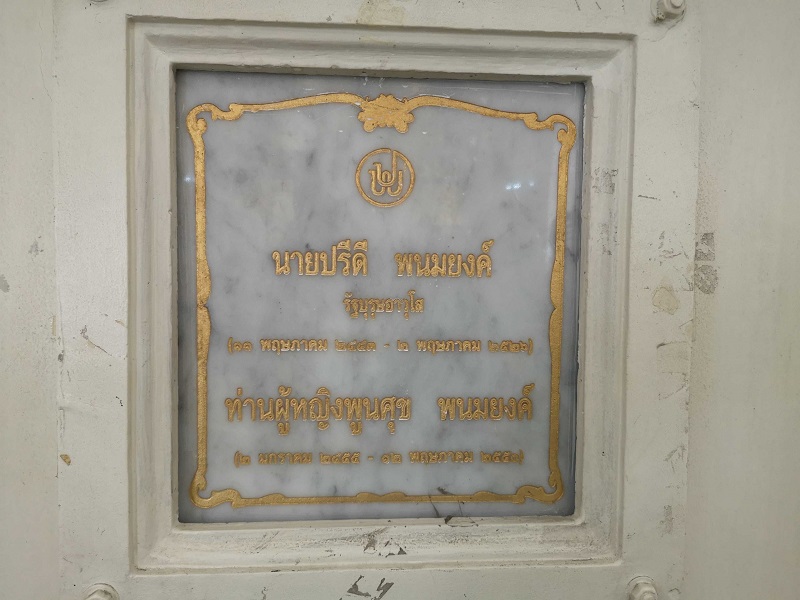
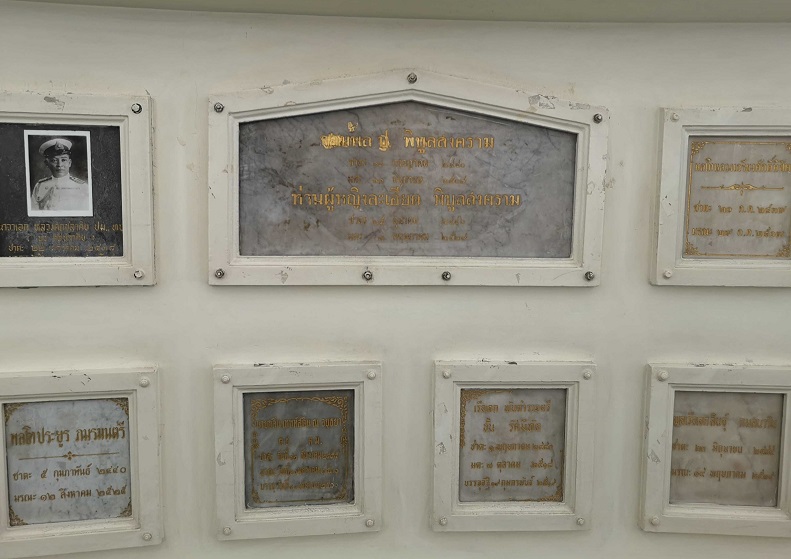
Correction: An earlier article of this version said the envoy to British India was sent by King Rama IX. In fact, it was sent by the government at the time.
Related stories:

